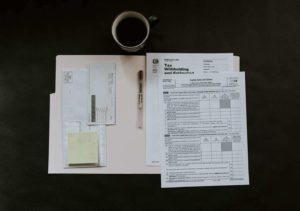Property taxes are the primary source of revenue for local governments in the United States.
The money collected from property taxes provides funds for fire protection, law enforcement, public education, road construction, and other public services.
Property Taxes History
History shows that taxes were first levied upon real estate in ancient civilizations, including Egypt, Persia and China. In medieval times, property taxes were assessed based on the size of the real estate parcel owned. This was later modified so that taxes were assessed based on the income producing capacity of the property (including structures, agricultural equipment, and livestock). Today, property tax assessment procedures vary by state, county, and city, as well as zoning within localities.
How Property Tax Is Calculated
While each local government has its own procedure for assessing and taxing real estate, the general formula for property tax is as follows:
Annual Budget – Sales Tax Revenue / State Aid = Property Tax
In the past, property tax rates have been relatively stable, with only mild fluctuations. As property appreciates in value, local taxing authorities (using the same tax rate) are able to collect more revenue based on higher assessed values. However, with the marked decline in property values and the need for local revenue (to maintain adequate public services), property tax rates are on the rise.
In assessing the value of real estate for property tax purposes, there are 3 standard approaches that are employed: the Cost Approach, the Sales Comparison Approach, and the Income Approach. How often property is reassessed varies from state to state.
It’s also important to note that property taxes are not based on the purchase price of a home, but on the assessed value of the property.



